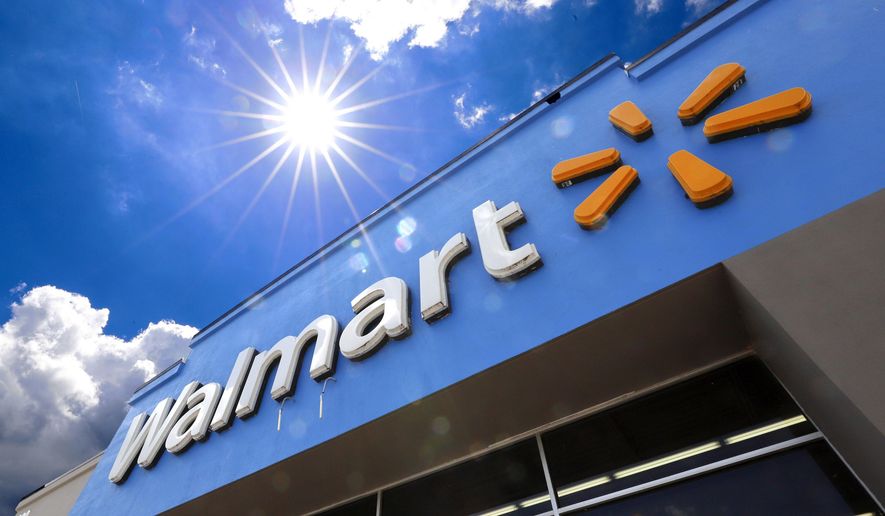Two leading trade groups for retailers on Monday released a reopening blueprint that calls for governors to create “uniform” standards on sanitation and social distancing to give businesses clarity as more states start to roll back coronavirus-imposed restrictions.
The National Retail Federation and the Retail Industry Leaders Association developed the blueprint based on Centers for Disease Control (CDC) guidelines.
“Uniform, statewide standards ensure the reopening of the economy is safe, efficient, and productive for customers, employees, and enforcement agencies alike,” the document says.
RILA President Brian Dodge said the blueprint builds off of operating practices that grocery stores, pharmacies, and other retailers that have remained open during the pandemic have already implemented.
“As conversations turn to the reopening of the economy, retailers are uniquely situated to provide input, because we’ve been on both sides of the stay at home orders,” Mr. Dodge said.
The White House recently released reopening guidelines with three “phases” where states can progressively relax restrictions as long as they demonstrate continued progress in their coronavirus case numbers and infection rates.
In a Phase 1 part of the reopening, E-commerce, contactless curbside pickup, and in-home delivery would be allowed, according to the retailers blueprint.
In Phase 2, retailers can open additional stores with proper social distancing and sanitation protocols in place, some of which could be relaxed in Phase 3 as the businesses prepare for a “new normal.”
For Phases 1 and 2, the retailers groups called for rules like ensuring employees stay six feet apart when practical and banning handshakes and other “person to person” contact in the workplace.
Home delivery or installation employees should wear protective face coverings and gloves and clean and disinfect anything they touched during the installation, the document says.
The groups also recommended that store occupancy be no more than 50% of the maximum capacity, and said sanitizing materials should be provided to employees.
A move to “Phase 3” would still entail sanitation practices like frequent cleanings of “high-touch” areas like restrooms and break rooms.
“Consistent guidelines - without overburdensome regulatory schemes - across all levels of government is critical,” said Matthew Shay, president and CEO of the NRF.
Some states are in the process of steadily opening things back up, but are leaving some decisions up to individual localities. In South Carolina, for example, some local leaders have opted to keep their beaches closed.
Oklahoma City Mayor David Holt said on CNN Monday he was looking at city-specific sanitation and social distancing protocols for businesses that are starting to reopen.
• David Sherfinski can be reached at dsherfinski@washingtontimes.com.




Please read our comment policy before commenting.